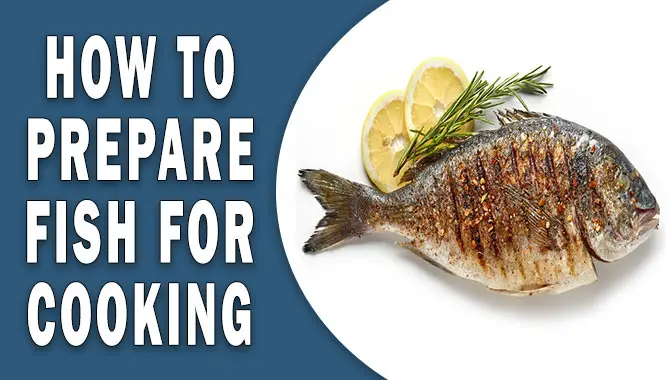Fillet fish refers to the process of removing the bones and skin from a fish in order to create a boneless, skinless fillet. This is a popular preparation method for many fish types, making them easier to cook and eat.
To fillet a fish, you will need a sharp knife and some basic knowledge of anatomy. It’s important to remove the head, tail, fins, and scales. Once you have removed all the bones and skin, you can season and cook your fillet in various ways, such as grilling, frying, or baking. Are you someone who enjoys fishing but struggles with filleting the fish properly?
Filleting a fish can be intimidating, but it can be done easily with the right technique. We will discuss how to fillet a fish. You go through the process of filleting a fish step by step. We’ll also include tips on how to store your fillets for later use. With our proper guidelines, you can fillet a fish like a pro in no time.
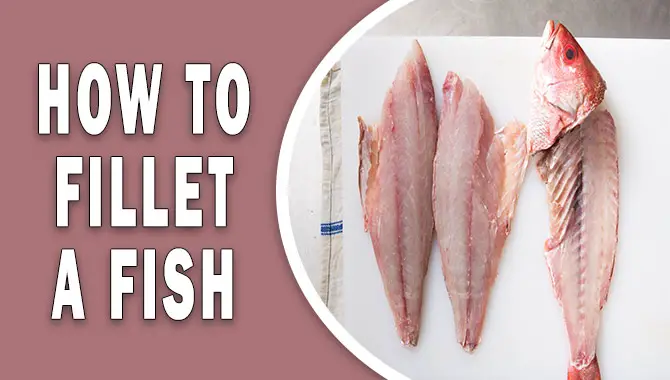
Necessary Tools And Equipment For Filleting A Fish
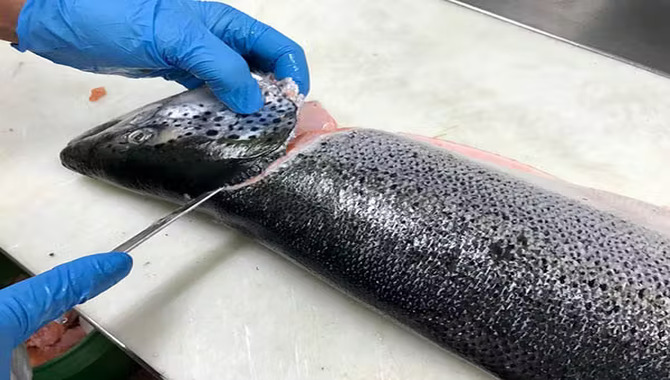
When it comes to filleting a fish, having the right tools and equipment is essential. Here are some of the necessary items you’ll need. Having these tools and equipment on hand will make the process of filleting a fish much easier and safer. With practice and patience, you’ll be able to master the art of filleting and enjoy fresh, delicious fish at home.
- Fillet knife
- Cutting board
- Pliers or fish grippers
- Tweezers
- Gloves
8 Effective Steps How To Fillet A Fish
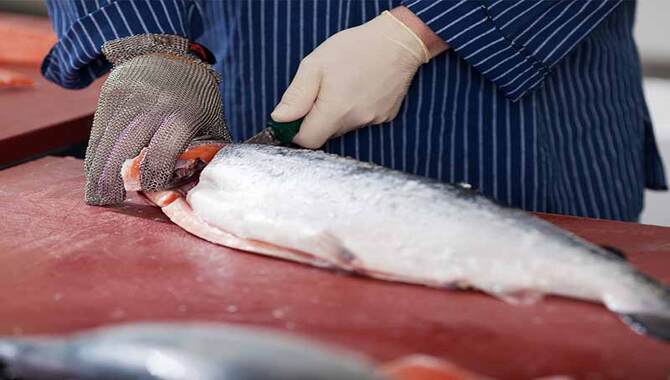
Fillet a fish may seem like a daunting task, but with a little practice and patience, anyone can master this important culinary skill. Before getting started, make sure you have a sharp fillet knife and a clean cutting board.
When it comes to filleting a fish, several effective steps can help you get the job done quickly and efficiently. Remember always to use caution when handling knives and sharp objects. With practice, filleting a fish can become a simple and satisfying skill to master. Here are eight steps on how to fillet a fish to follow:
- Start by scaling the fish to remove any scales on the skin.
- Make a cut behind the gills and down to the backbone.
- Use a sharp knife to cut along the backbone, starting at the head and moving towards the tail.
- Once you reach the end of the ribcage, turn your knife and cut through the skin towards the tail.
- Repeat on the other side of the fish.
- Remove any remaining bones from each fillet with tweezers or pliers.
- Trim off any excess fat or skin as desired.
- Rinse your fillets under cold water and pat dry before cooking or storing in the refrigerator or freezer.
With these effective steps, you can fillet a fish like a pro in no time.
Tips For Removing Bones From The Fillet
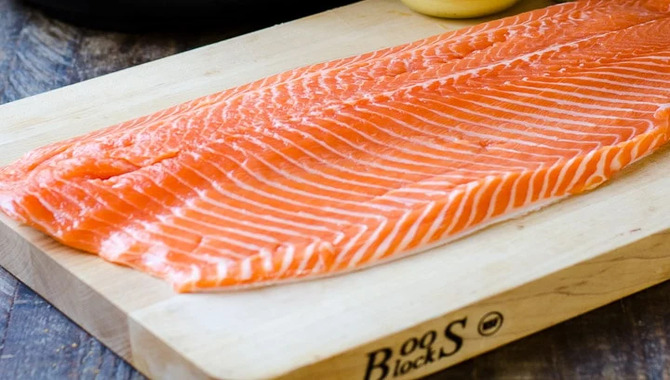
Removing bones from a fillet can be a tedious and frustrating task, but with the right technique, it can be done quickly and efficiently. Here are some tips to help you remove bones from your fish fillet. With these tips in mind, you can remove bones from your fish fillets like a pro.
- Use a pair of tweezers or pliers to grip the bone firmly and pull it out in one swift motion.
- Work with the grain of the fish, starting from the head and working towards the tail.
- Use a sharp knife to make small incisions along the length of the fillet to help locate any hidden bones.
- If you’re having trouble locating all of the bones, try rubbing your fingers along the surface of the flesh to feel for any bumps or protrusions.
Safety Precautions When Handling A Sharp Knife
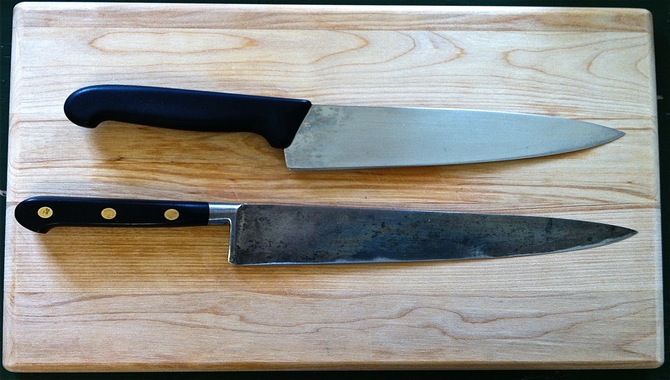
Handling a sharp knife can be dangerous if proper safety precautions are not taken. Here are some important measures to follow when working with a sharp knife. By following these simple yet crucial safety precautions, you can reduce the risk of injury and ensure that your work with a sharp knife is efficient and safe.
- – Always keep the blade pointed away from your body and fingers.
- – Use a stable cutting board that won’t move while you work.
- – Keep your fingers curled under, away from the blade, while cutting.
- – Use a sharpened knife, as dull blades require more force and are more likely to slip.
- – Never try to catch a falling knife – step back and let it fall.
Different Types Of Fish And Their Unique Characteristics When Filleting

When it comes to filleting fish, it’s important to understand the unique characteristics of each type of fish. Some fish have thinner skin and delicate flesh, while others have thicker skin and firmer flesh, requiring more strength.
For example, when filleting a salmon, it’s important to remove the pin bones carefully, as they can be difficult to detect and ruin the fillet’s texture if left behind. On the other hand, when filleting a flounder, it’s important to use a flexible knife due to its thin and delicate skin. By understanding these unique characteristics, you can ensure that you can properly fillet your fish and get the most out of your catch.
Conclusion
Fish come in various shapes, sizes, and colors and can be found in virtually every body of water on Earth. From the smallest minnow to the largest whale shark, fish are essential to aquatic ecosystems and play a vital role in maintaining life balance in our oceans, rivers, and lakes. Fillet a fish is essential for aspiring anglers or seafood lovers.
Whether you’re looking to prepare a delicious meal or simply want to take the next step in your fishing journey, mastering this technique can open up new possibilities.
With the right tools and techniques, filleting a fish can be a simple and rewarding process that anyone can learn. With this skill, you can prepare delicious meals for yourself and your loved ones.
Filleting a fish may seem intimidating, but it’s not as difficult. Follow our step-by-step guide how to fillet a fish with precision and expertise. Share your culinary creations on social media and inspire others to try their hand at filleting their fish.
Frequently Asked Questions
Do I Have To Gut A Fish Before Filleting?
It’s unnecessary to gut a fish before filleting, but it’s recommended for larger fish or if you plan to cook it whole. While gutting a fish before filleting is optional, removing internal organs can simplify the process.
Which Type Of Knife Is Better- An Electric Or Manual Filleting Knife?
Choosing between an electric or manual filleting knife depends on personal preference and experience. Electric knives are faster, but manual knives offer more control. Both have pros and cons, but using a sharp knife for safe and effective filleting is crucial.
Are There Any Special Tips Or Tricks I Should Know When Filleting A Fish?
For successful fish filleting, ensure a sharp knife for precise cuts, descale the fish beforehand, use a secure cutting board to avoid accidents, and follow the bones as a guide when removing the flesh. Practice and patience are key to mastering this skill.
Can I Use Frozen Fish To Fillet?
Using frozen fish for filleting is possible but requires complete thawing before starting the process. Frozen fish may be easier to handle, but using high-quality fish stored correctly is crucial to avoid health risks.
What Is The Best Way To Clean My Knife After Filleting A Fish?
After filleting a fish, it’s important to clean the knife promptly with hot water and soap and dry it thoroughly. A sharpening stone can be used to remove any remaining debris. Storing the knife in a cover or sheath will prevent damage.

Aquarium passion is all about connecting with the aquatic life and providing education to the public on the importance of these creatures. We showcase a wide variety of marine life through our exhibits as well as working with schools to provide unique learning opportunities for students of all ages.

